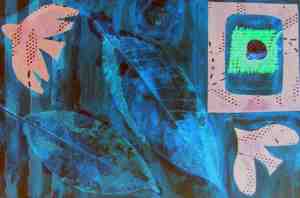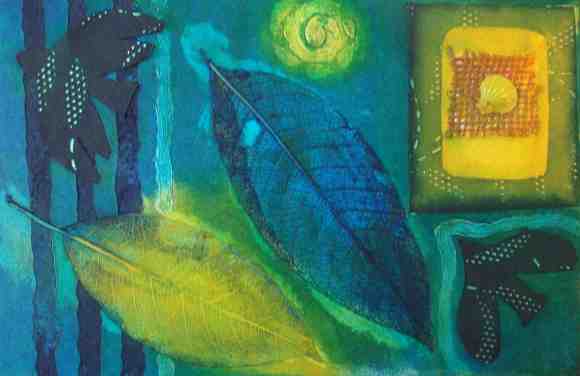In the fifties, there were no flowers in hanging baskets or even in window boxes and the main smell downlong was of fish and tarred nets, On the other hand there were houses built upon greenstone masses where you might well find a profusion of sea pinks in clumps. Heading along Back Road West towards the Digey, there were many village shops, including general grocers like Georgie Wedge’s at the top of Bethesda Hill, where everything from sweets to biscuits were sold out of glass topped tin boxes and placed in small neat paper bags. There was another grocers, Roucefield’s which did a smart trade in St Eia street, where many folk in downlong had celebrated the Coronation, beneath festoons of flags in red , white and blue. The fare on this occasion consisted of saffron buns and bottles of corona served on long trestle tables. There was also a wool shop, at the end of Island Road where women discussed knitting patterns for winter jerseys or Fair Isle jumpers.
At the top of Fish Street the gentle and well spoken, Mrs Laposta ran a busy and popular fruit and vegetable stores just opposite Couch’s works which at this time employed more than 50 workers making parts like buoyancy trimmers for amphibious vehicles for the British Army on the Rhine. Two further venues in Back Road West were particularly intriguing. Further along before the Mariner’s Church, the house where pilchards were marinated in fish spice, vinegar and bay leaves which was accessed at the top of a steep staircase. It cost just a few shillings and a suitably large dish for a dozen had to be left, a few days before. Even more interesting for youngsters on a Saturday morning visit was the Laity Museum. This was crammed with models of tea clippers and Chinese junks, scrimshaw, and intricate furniture and dark sea chests inlaid with mother of pearl. Redolent in atmosphere of the clipper trade with the Far East, from jute to silk, spices and calico, there were contemplative jade Buddhas and several examples of fierce black Japanese armour. Further information, histories of the sea and tales of the Orient were liberally supplied by the ancient mariner who was the proud curator at this period of time.
